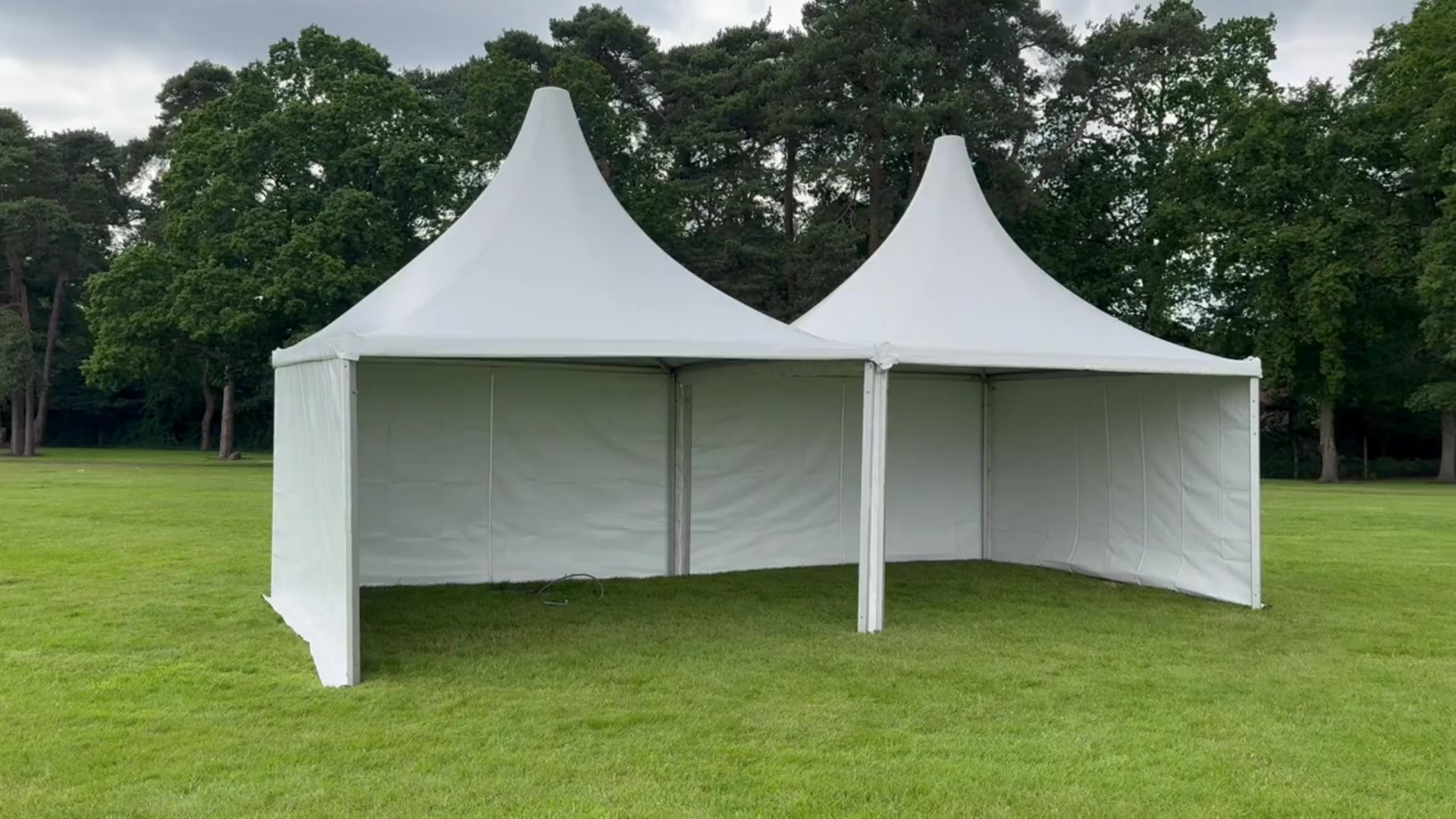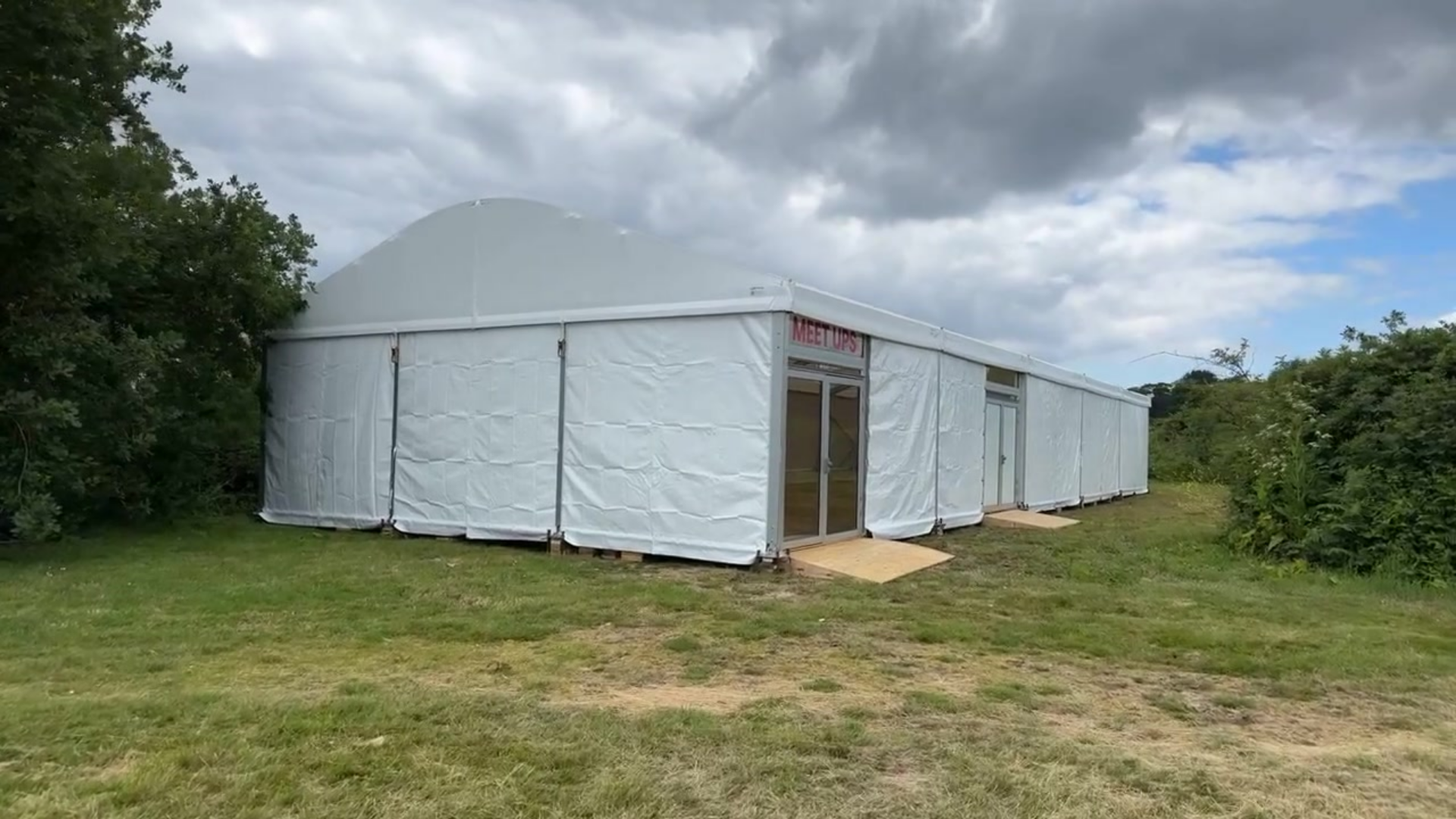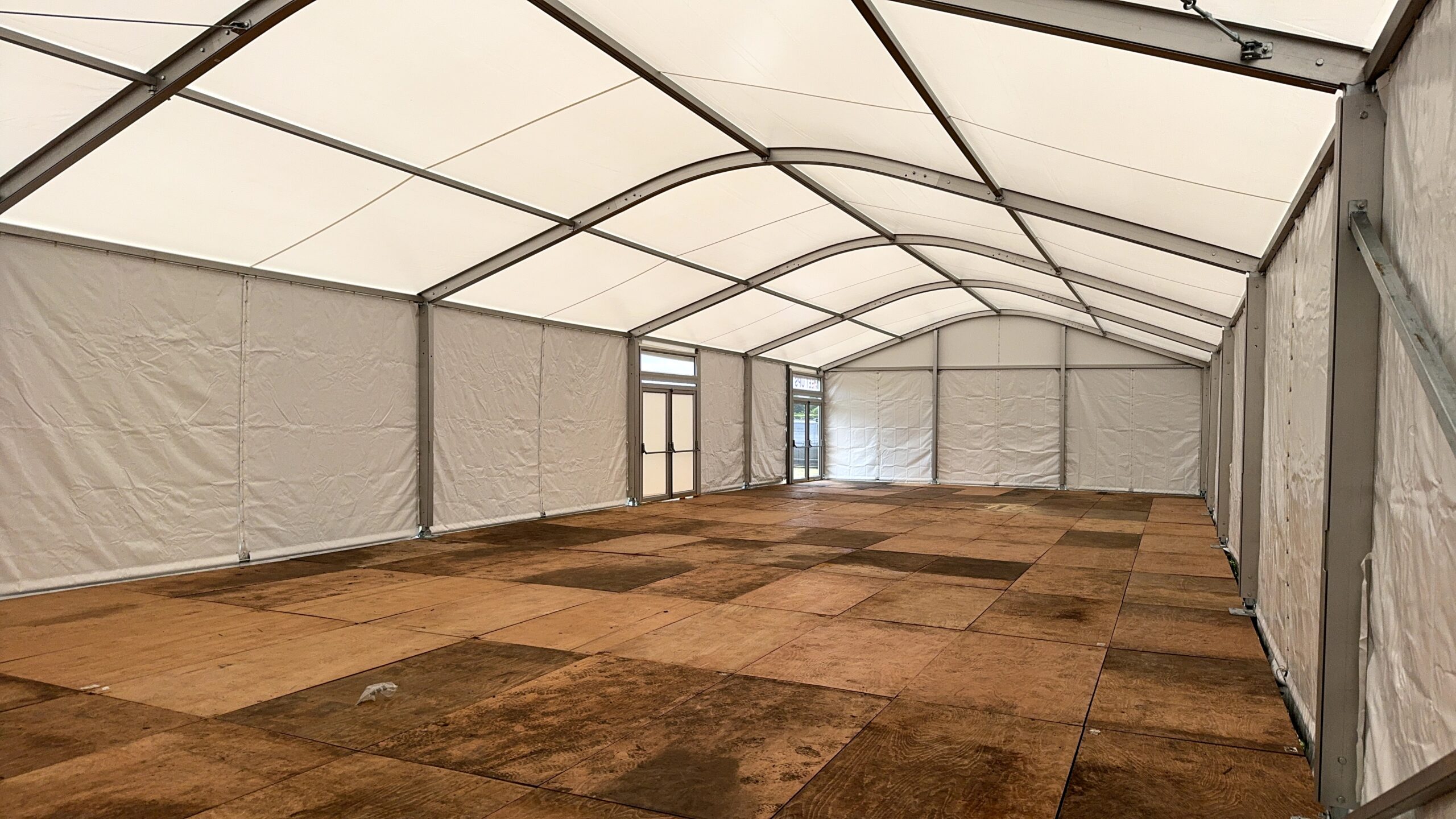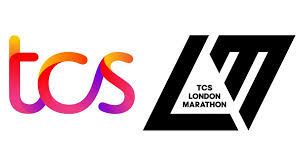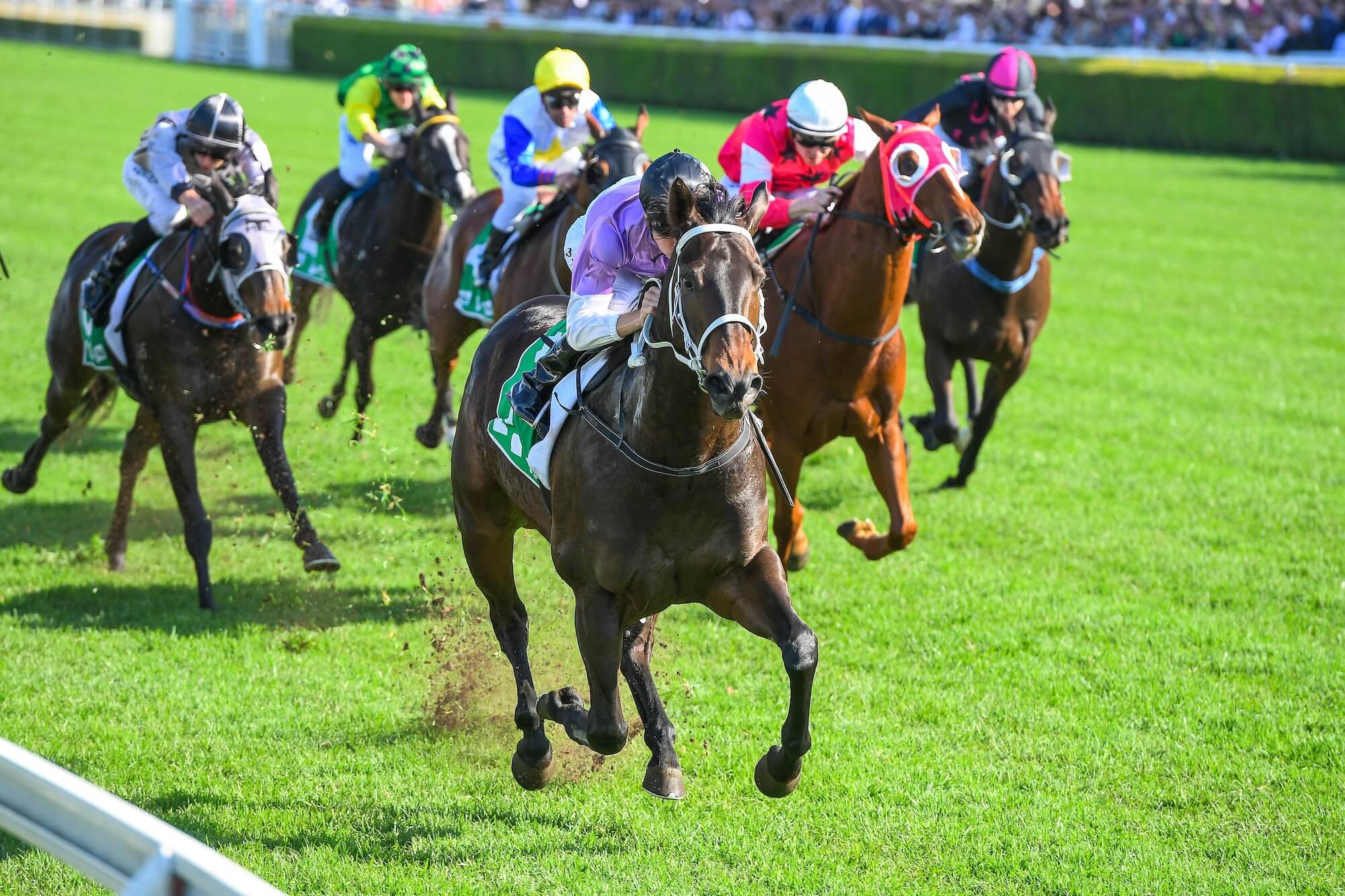
Royal Ascot: Beyond the Finery
The roots of Royal Ascot can be traced back to 1768, when a four-day race meeting was first held at Ascot. However, the event we know today truly began to take form in 1807 with the introduction of the prestigious Gold Cup.
Witnessing the construction of the Ascot marquees is an experience in itself. Months before the prestigious event, a temporary city rises on the grounds. This intricate network of single and double-decker structures transforms into a bustling hub, encompassing everything from restaurants and kitchens to hospitality areas like bars, cafes, and branded beverage outlets. Retail stores and essential back-of-house facilities complete this impressive feat of temporary architecture – there’s literally a marquee for every need.
While the term “marquee” is often used, it underestimates the complexity of these temporary structures. Their grand scale, intricate construction, and extended lifespan necessitate a more fitting description.
Step inside these temporary restaurants, and you’d never guess they weren’t permanent. Each space is meticulously designed to reflect a specific theme, showcasing the impressive work of interior designers. The level of detail and finish creates a truly immersive and luxurious dining experience.
Royal Ascot offers a culinary experience to match every taste and budget. From the prestigious Royal Enclosure, featuring fine-dining restaurants designed by meticulous interior designers, to the relaxed Village Enclosure where you can bring your own picnic, there’s something for everyone. Across all areas, including the Queen Anne Enclosure, Windsor Enclosure, and The Plaza, a variety of hospitality restaurants cater to every desire, from casual cafes to Michelin-starred establishments.
Before stepping onto the Royal Ascot construction site, completing an online induction is mandatory. Upon arrival, you can collect your access pass after successfully finishing the online program. This ensures everyone working on the build is fully informed about safety procedures and essential site information.
Our team arrived at Royal Ascot, ready to unload the lorry prepped at the unit. Despite meticulous planning that included scheduling a forklift for an 11 am arrival, unforeseen circumstances caused a delay. However, this didn’t slow us down. We quickly borrowed equipment from a colleague and efficiently unloaded and got started.
Our team focused on establishing some of behind-the-scenes infrastructure. This included two marquee structures, measuring 9×25 metres and 9×21 metres, dedicated to back-of-house catering and staff support for the hospitality areas. Additionally, we installed a network of 3-meter-wide catering walkways to ensure efficient access. Finally, strategically placed pagodas provided essential support functions in the car park and security areas.
The 9×25 metre structure boasted a solid floor and secure doors, creating a highly functional space. This versatile setup is ideal for various event locations. The clever use of a 9-metre curve on a 3-metre leg maximizes interior space, ensuring a surprisingly spacious feel for guests and staff alike.
We prioritised the construction of the more complex 9×25 metre marquee structure first. This strategic decision ensured a smooth workflow, as the floor installation often requires the most planning in terms of levelling. Fortunately, the spacious green area provided ample room for straightforward access and setup. The second 9-metre marquee structure, located on a pre-existing hard surface in The Plaza, was considerably easier and faster to erect.
Take a virtual stroll through the magnificent Royal Ascot in the making! Our latest YouTube channel video offers a behind-the-scenes glimpse of the vast event site under construction. While the video can’t capture the full scale of the operation, it provides a fascinating glimpse into the temporary city that emerges before the prestigious races.

